Children's Author
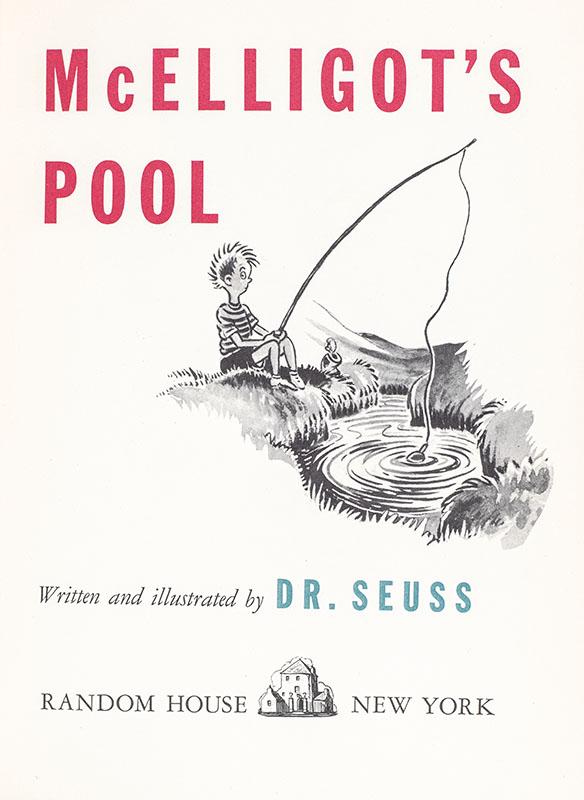
McElligot's Pool, First Edition, AbeBooks
Although he previously published several children’s books in the late 1930s to early 1940s, Dr. Seuss’ career truly began in 1947, when he wrote and illustrated McElligot's Pool, and won the Caldecott Award for its magnificent illustrations.
He was inspired by John Hersey’s, Why Do Students Bog Down on First R? and Rudolph Flesch’s, Why Johnny Can’t Read? And What You Should Do About It. Seuss desired a new way to showcase the ease of reading, thus creating fun picture books and wild plotlines to assist children in their reading journey.
"Parents have cried in dismay that their children could not read out loud, could not spell, could not write clearly enough to read their own pen tracks...and all the teachers have and then blamed parents, and with justice."
- John Hersey
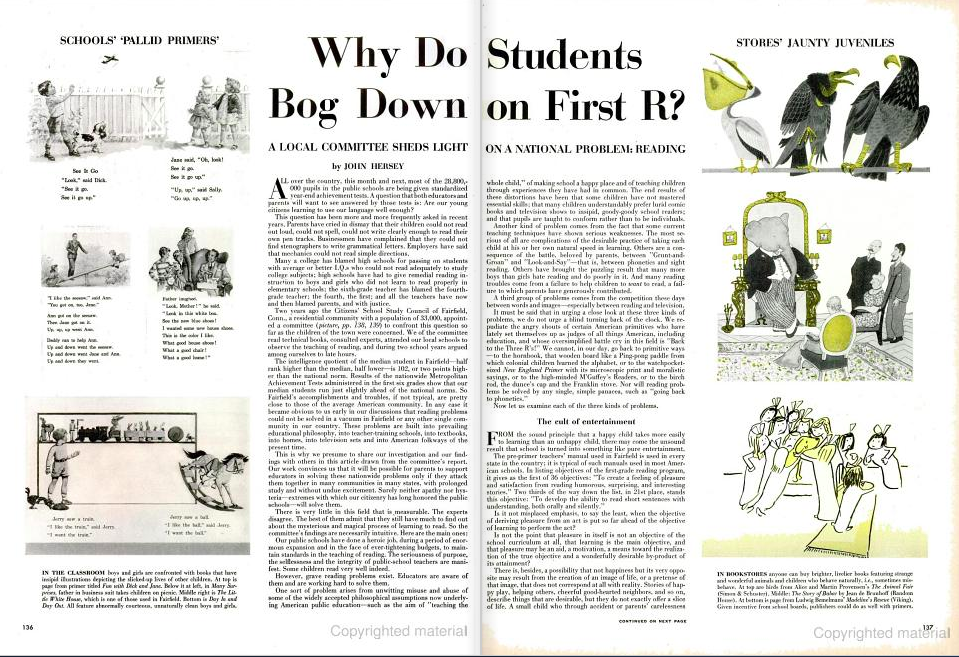
Why Do Students Bog Down on First R?, Life Magazine 1954
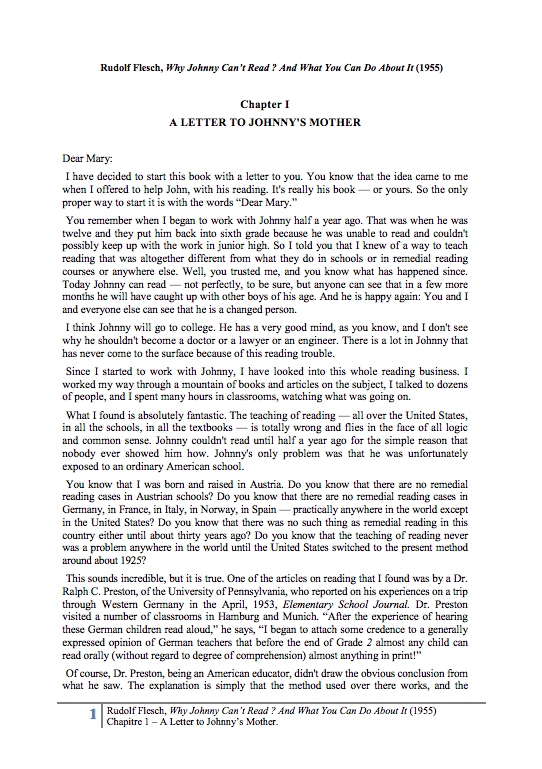
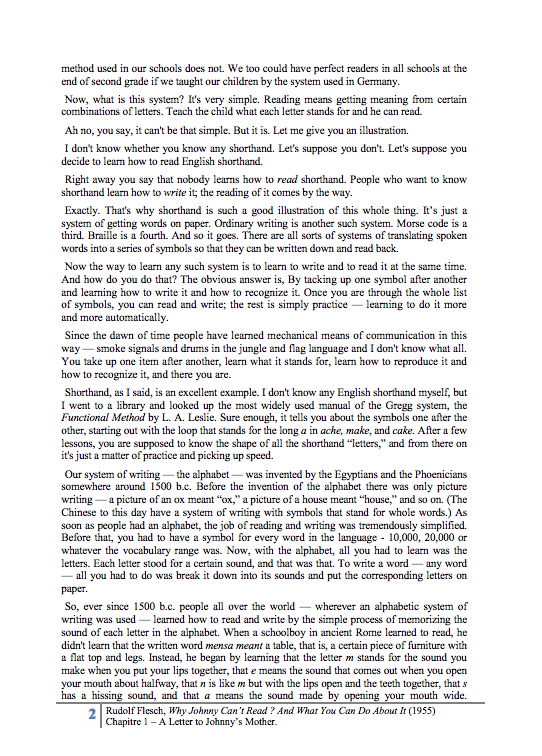
Why Johnny Can't Read? And What You Can Do About It 1955, Rudolph Flesch
"Since I started to work with Johnny, I have looked into this whole reading business. I worked my way through a mountain of books and articles on the subject, I talked to dozens of people, and I spent many hours in classrooms, watching what was going on. What I found is absolutely fantastic. The teaching of reading ... is totally wrong and flies in the face of all logic and common sense. Johnny couldn't read until half a year ago for the simple reason that nobody ever showed him how."
- Rudolph Flesch
Specifically, a movement titled, Read Across America, was inspired by the great pride Dr. Seuss took in attempting to educate young readers. Its mission is to continually educate public-school children who may not have the support that well funded private schools do.
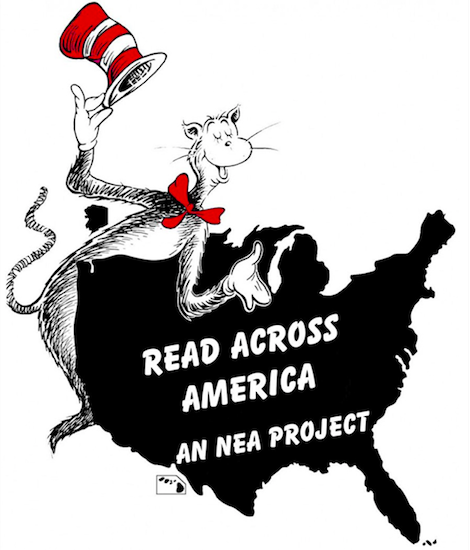
"Read Across America." NEA
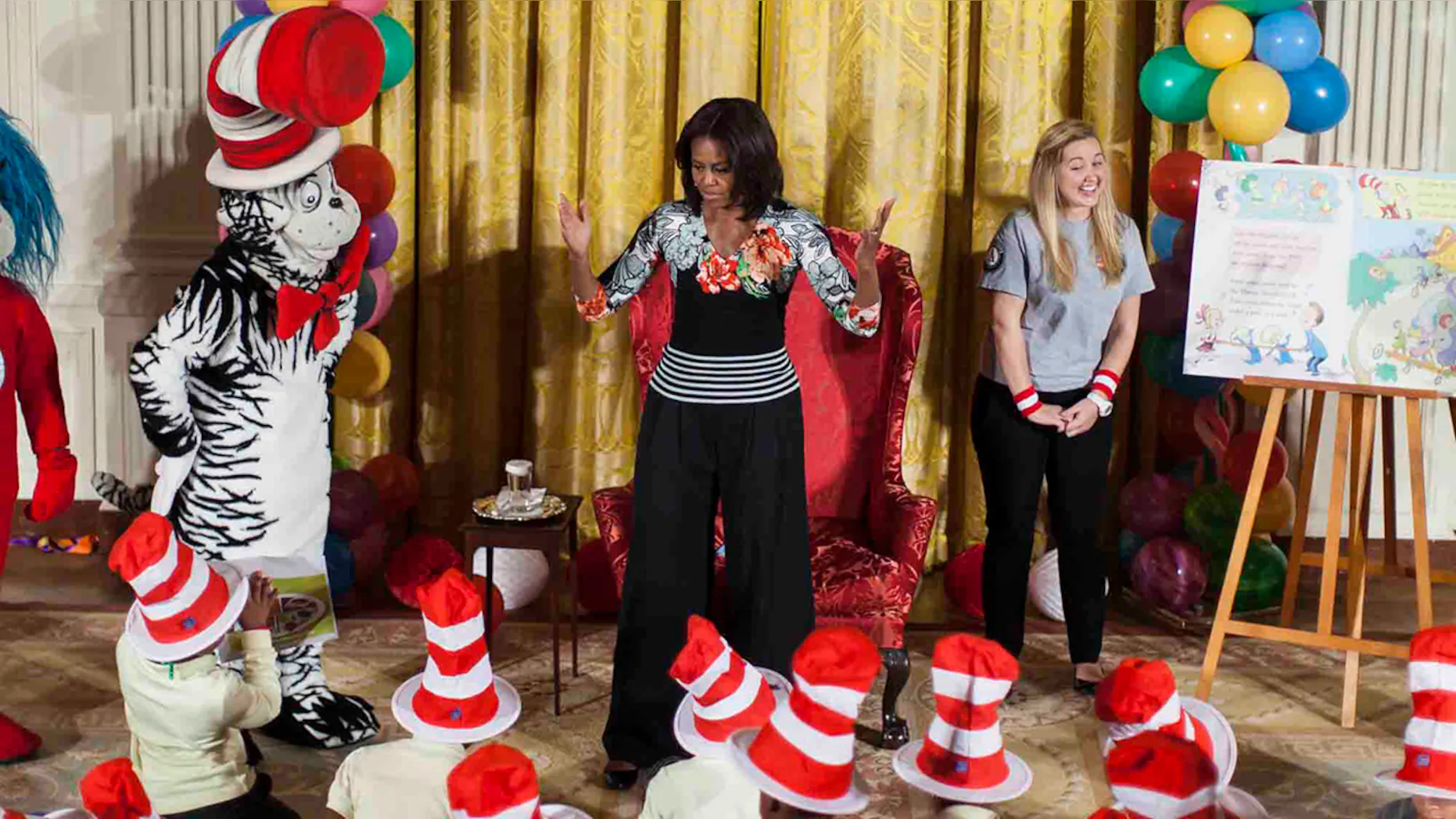
Let's Read! Let's Move! at the
White House." ED.gov
"The works of Theodor Seuss Geisel, better known to us as Dr. Seuss, have sparked a love for reading in generations of students. His whimsical wordplay and curious characters inspire children to dream big and remind readers of all ages that 'a person's a person no matter how small.'"
- President Barack Obama, 2015 Proclamation
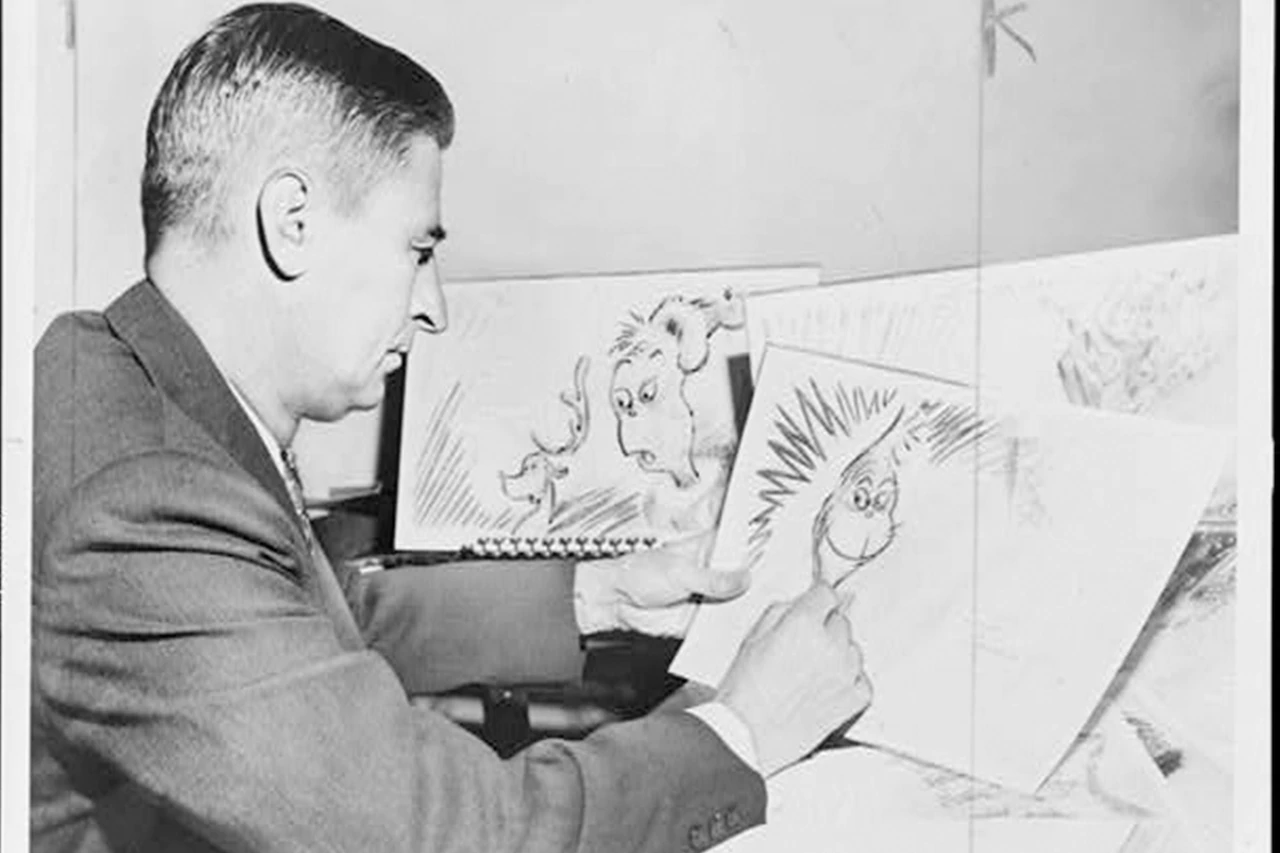
Early illustrations of How the Grinch Stole Christmas (1957), US Dept. of Defense
He took many inspirations for his books from his time in WWII. While in Europe, Geisel hated Christmas, and his fellow soldiers dubbed him a Grinch. Later in 1957, he wrote his famous book, How the Grinch Stole Christmas, with the purpose of illustrating the magic of the Christmas spirit even in the worst of times. After writing Private Snafu, he took the style of literature - rhyme schemes and limited words - and applied it to his books. The Cat in the Hat only uses 236 words, yet it is one of Dr. Seuss’ most famous works and one of the world’s best selling books.
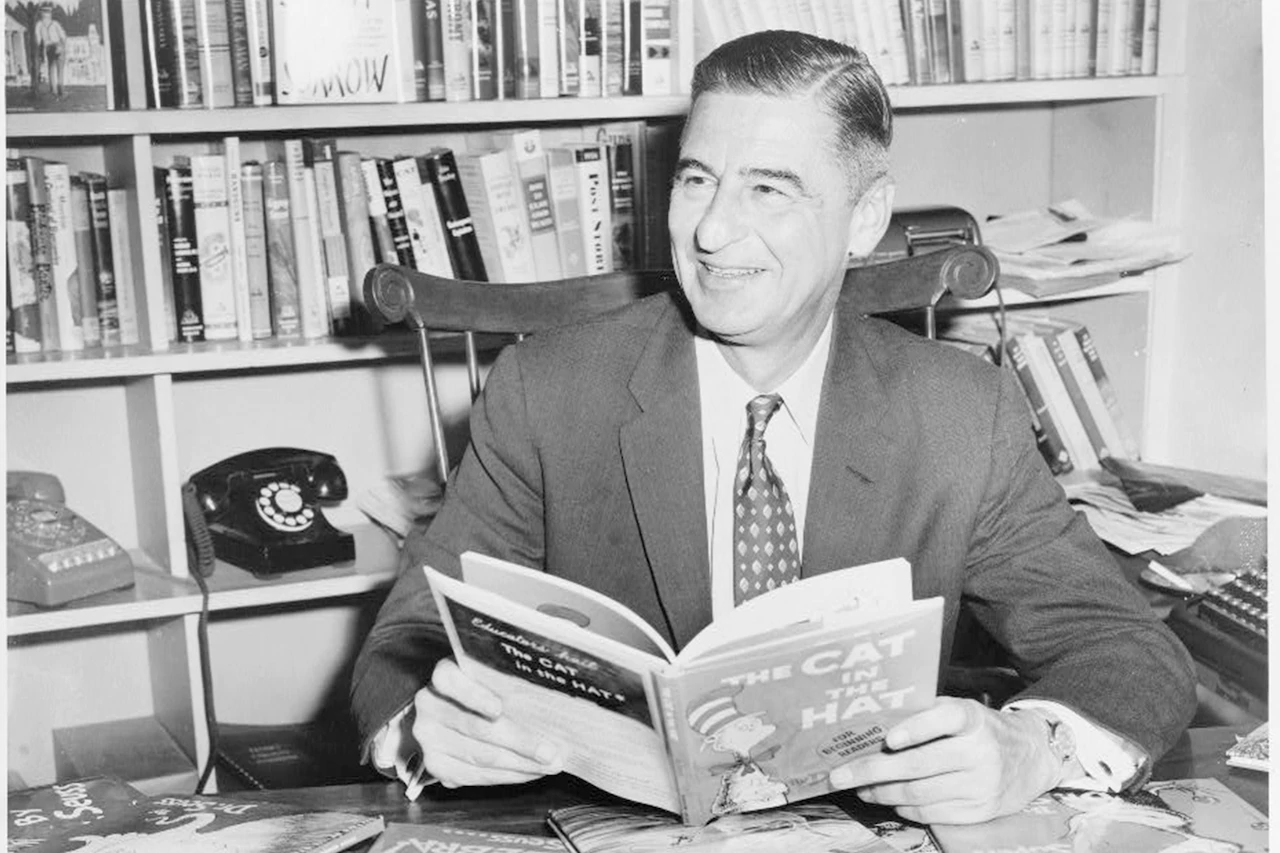
A reading of The Cat in the Hat (1957), US Dept. of Defense
"The problem with writing a book in verse is, to be successful it has to sound like you knocked it off on a rainy Friday afternoon. It has to sound easy. When you can do it, it helps tremendously because it’s a thing that forces kids to read on. You have this unconsummated feeling if you stop. You have to go right through to the end--to the final beat."
- Dr. Seuss, LA Times
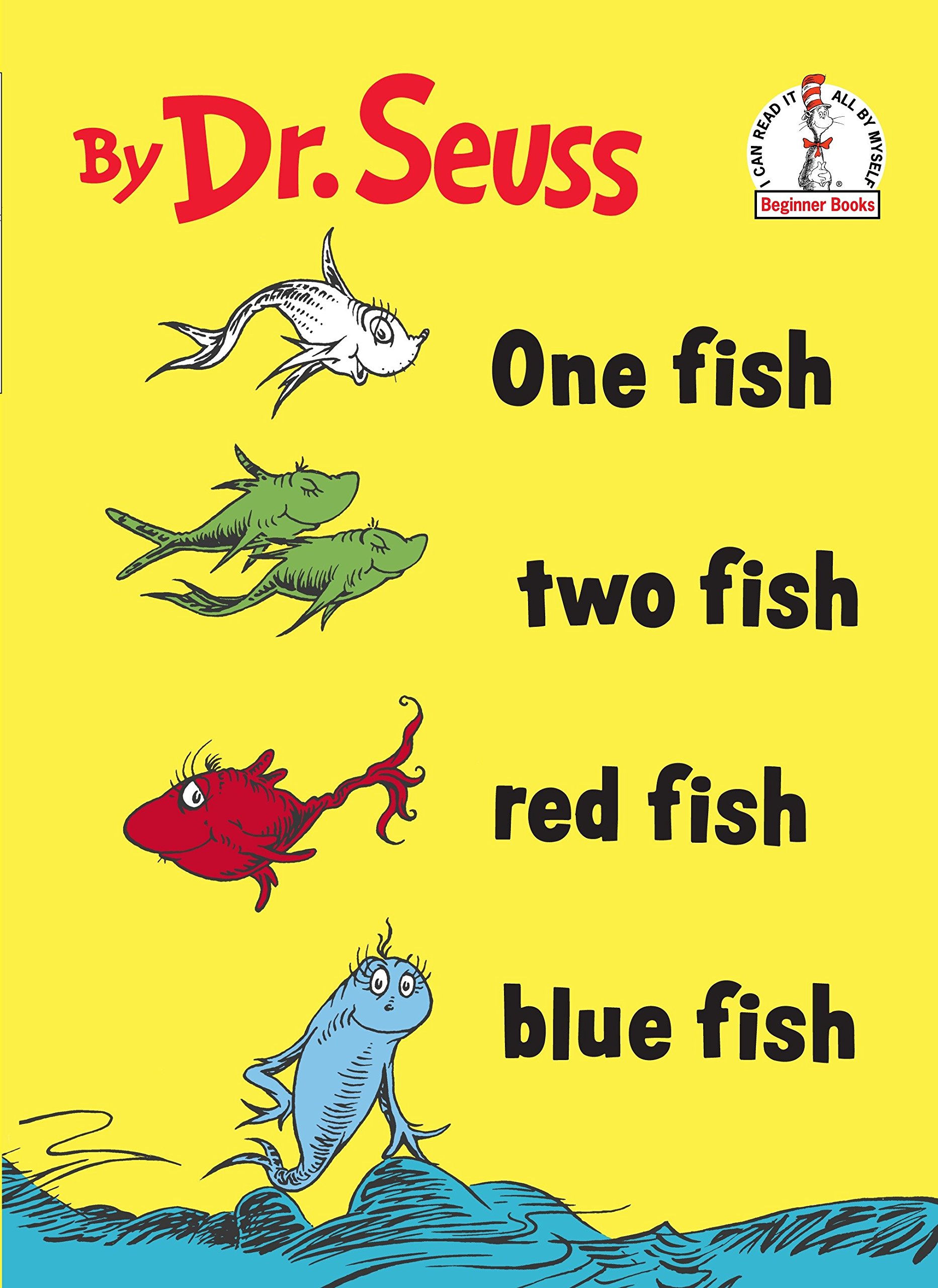
Dr. Seuss, 1960
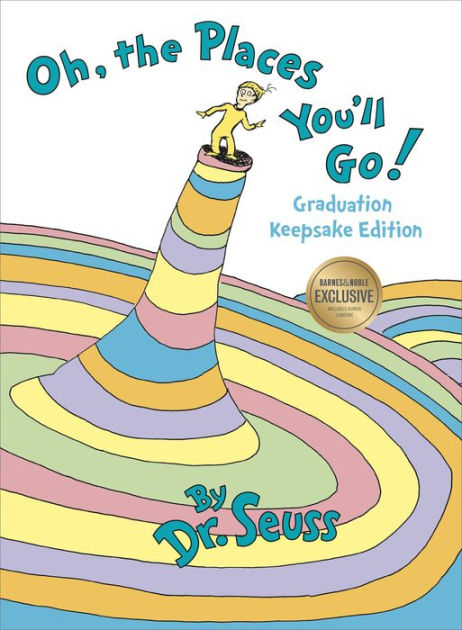
Dr. Seuss, 1990
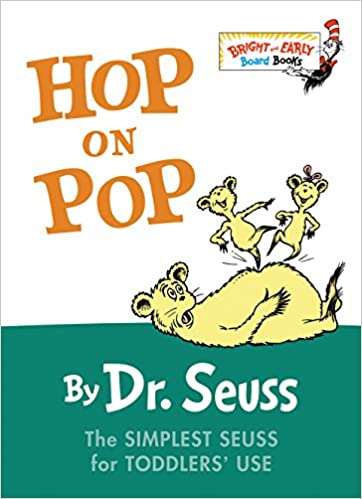
Dr. Seuss, 1963
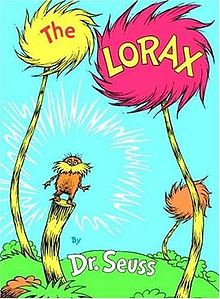
Dr. Seuss, 1971
"He was the only guy I know who's ever invented words because he needed a Gox. Have you ever boxed a Gox, in socks, you know?"
- Jamie Lee Curtis
"[Dr. Seuss' books are] the first books you ever read as a child, and the brilliance of those books, I think, is that Geisel's rhythm that he writes in makes you want to read"
- Alec Baldwin
Rhymes and Reasons Documentary
It should be noted that Seuss ends his books by posing a question. Seuss' style of confronting the reader is also seen in his political cartoons when he would directly address and ask the reader to get involved in the war.
“You will come to a place where the streets are not marked.
Some windows are lighted. But mostly they're darked.
A place you could sprain both your elbow and chin!
Do you dare to stay out? Do you dare to go in?
How much can you lose? How much can you win?”
- Dr. Seuss, Oh the Places You'll Go